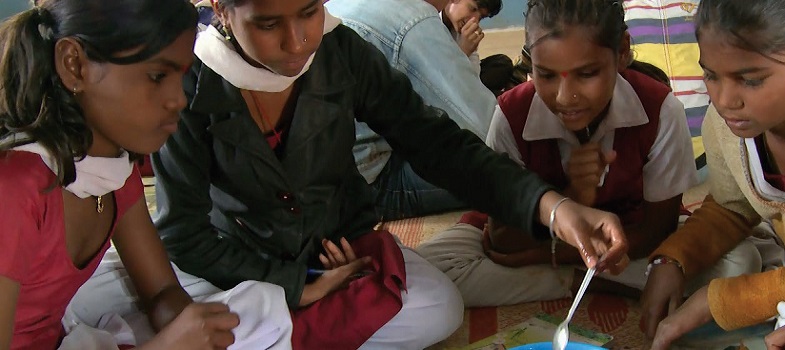Resource 3: Identifying work done in various activities
The mental model that students need in order to be able to answer questions about energy and work is that doing work involves moving a force over a distance. If something is being lifted up, then the force is the weight of the object, the distance is the height it is lifted and work is being done on that object.
If something is being pushed or pulled along and is not being lifted up, then the force is likely to be friction, and the distance will be the distance over which the force is acting. Some of the situations that students will choose are actually quite complicated. For example, if you walk along a flat road, you are clearly doing work, but the ‘force’ will not be your weight.
Suggested activities for Activity 2 are listed in Table R3.1.
Table R3.1 Suggested activities for Activity 2.
| Activity | Comment |
|---|---|
| Lifting the kettle to make tea | Work is done on the kettle. The force is the weight of the kettle and the displacement is the height to which it is raised. |
| Walking to school | Technically, if the walk to school is flat, then work has not been done: the force (weight of the student) has not moved. However, walking to school clearly tires you out. The work is not being done to the ‘centre of mass’ of the object in the same way as lifting a kettle does work on the kettle. In this case, the work is being done in many small parts – lifting the feet, pushing against friction, etc. |
| Cycling to school | Again, if the cycle to school is flat, then work is not being done on the ‘centre of mass’ of the student. But work is being done by pushing against the pedals. |
| Lifting a bag of books on to the desk | Work is done on the bag of books. The force is the weight of the bag and the displacement is the distance it is lifted. |
| Writing in an exercise book | The force in this case is in overcoming friction. The displacement is the distance over which the force is applied. |
| Kicking a football | If the ball is kicked up in the air, then the force is the weight of the ball and the displacement is the height it goes to. |
| Running to catch a bus | Technically, when running on flat ground, no work is done to the centre of mass of the object (student). But running involves lifting the feet. Running involves more ‘work’ than walking, because the feet are lifted higher. A slow motion film of a runner might actually show them to be off the ground completely at some point. Running or walking uphill involves doing work on the centre of mass of the walker or runner. |
Activities that involve a force being applied, but no movement, include leaning on a post or trying to push a large boulder. Technically speaking, according to the mental model that students are being encouraged to use, no work is being done in these cases. But if you are pushing a large object, then clearly you get tired! The ‘work’ is at a smaller level – the movement of your muscles and bones.
Objects being moved with no obvious force being applied would include a ball moving through the air or a spaceship travelling in space. If no force is being applied, then no work is being done. For a ball travelling through the air, forces are being applied: air resistance and gravity. The ball will slow down and stop, so work is being done on the ball. For a spaceship, there is no air resistance or gravity, so it will keep moving in a straight line unless a force is applied to it.
Resource 2: Some ways of eliciting your students’ ideas about energy and work
